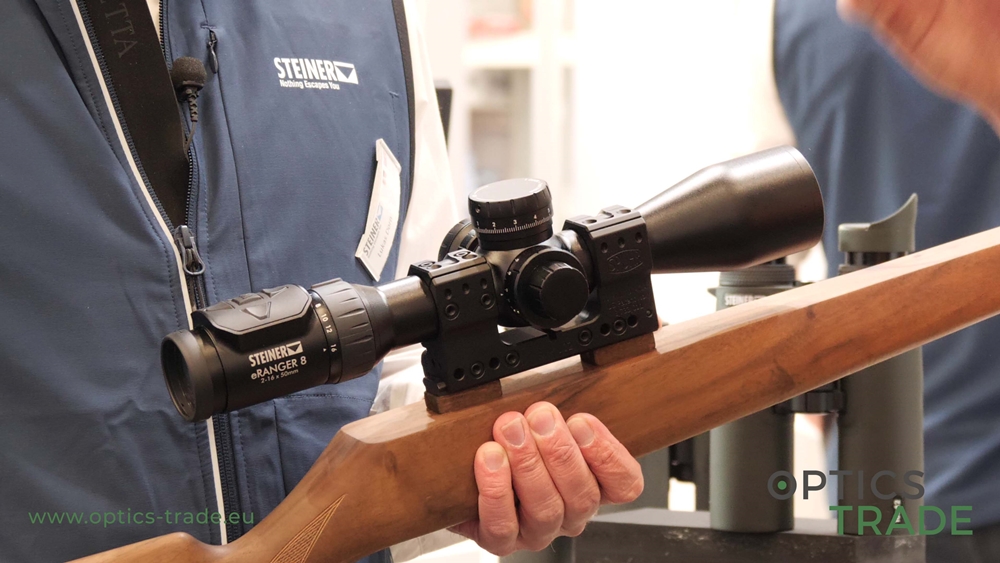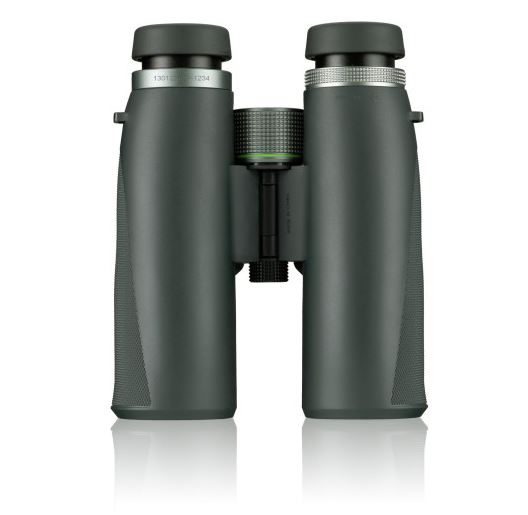Welcome to Optics Trade debates. In each episode, we talk about a different topic and try to answer the most common questions we receive about it. Today we are going to talk about central focusing and focussing separated for each eye.
Central focusing is used in the majority of binoculars, while separated focusing is found on only a few.
It’s is a lot more ergonomic than separated focusing and it’s easier to use.
One of the advantages of binoculars with central focusing is that they’re usable on really close range. Some of the best binoculars with central focusing can even be used on distances shorter than one meter.
Some people claim that a higher resolution is achievable in binoculars with central focusing. However, that can’t be confirmed and is debatable.
The main advantage of focusing separated for each eye is that it needs to be focused only once. You look through the binoculars and focus (turn the rings next to the eyecups) both eyes until both images are sharp and in focus. After the binoculars are focused, all of the adjustments are made by your eye.
It’s hard to focus binoculars in some low-light situations. Which is another advantage of separate eye focusing, because they need to be set only once.
It’s also a lot easier to produce fully waterproof binoculars with separated focusing.
The major disadvantages of central focusing are the lack of water tightness, which can lead to internal fogging, and that central focusing is not the same on all binoculars.
On the other hand binoculars with separated focus are really hard to use on really close range(10m-20m) and don’t have adjustable eyecups.
We would like to thank you for your time. In case we did not answer all the questions regarding this topic, please leave a comment below or send an e-mail to us. If you found the video useful, please subscribe to our channel.
Explanation of the term ‘focusing system’ on our webpage:
Depending on the purpose of use, there are two focusing systems available in binoculars. Most common is central focusing system, which is almost without an exception present in every roof prism binoculars. The other, less occurring system, is an individual eyepiece focusing, which is most useful in marine (because of the water resistance) and extreme low light situations. Binoculars with this kind of focusing system have an advantage in setting the right focus only once for each eye, which is especially useful when viewing in the dark where it’s not necessary to set the focus again.
With central focusing, it’s often difficult to focus the image in the dark, because there is not enough light to see whether the object is sharp or not.

Binoculars with central focusing (left) and binoculars with individual focusing (right)
Source: Optics Trade
Binoculars with central focusing
Binoculars with central focusing have a central wheel that is able to provide perfectly sharp images. With central focus knob you adjust the focus of both barrels at the same time, moving lenses simultaneously. When choosing between binoculars with central focusing system it’s important to look for its design and performance. Depending on manufacturer, some binoculars provide sturdier focusing and some very smooth focusing, which is especially suitable for dynamic situations. Focusing throw also varies from binos to binos, it takes more time for setting a proper focus with very long focusing throw, than with the ones with shorter one. When it comes to ergonomic design, most of binoculars provide a central knob with different bulges for a better grip, very convenient when wearing gloves. Since central focusing wheel doesn’t eliminate differences in both eyes, diopter on upper side of the barrel is included.
Features of binoculars with central focusing:
- (+) focusing by central focus wheel and diopter
- (+) precise focusing
- (+) more common
- (-) sometimes not fully waterproof
Binoculars with individual focusing
Individual focusing system provides focusing by each eye separately. On the upper side of the both barrels lie focusing rings – diopters, with the numbers for setting a proper focus by moving lenses individually. Majority of binoculars uses the central rotating knob, so this arrangement is not that frequent and most commonly found on Porro prism binoculars. Individually focusing system has many different commercial names like sport auto focus, permanent focus or simply auto focus. The main characteristic of this system is that you can set them only once and afterwards the eyes focus to different distances by themselves. This can be a significant advantage in low-light situations when there is not enough light for precise focusing with central knob. Binoculars of this type are also incredibly watertight and thus very likely to appear on majority of marine binoculars. There are however, some disadvantages of such focusing system compared to more conventional central focusing. Close focusing distance is usually bigger and majority of binoculars with individual focusing does not offer adjustable eyepieces for those wearing eyeglasses.
Features of binoculars with individual focusing :
- (+) focusing by each eye separately
- (+) less common
- (+) suitable for marine applications
- (+) suitable when focusing in low-light conditions
- (+) incredibly watertight
- (-) bigger close focusing distance
- (-) less convenient for glass wearers
Products mentioned:
Binoculars with central focusing: https://www.optics-trade.eu/en/binoculars/shopby/focusing_system-central.html
Binoculars with individual focusing: https://www.optics-trade.eu/en/binoculars/shopby/focusing_system-separated_for_each_eye.html




